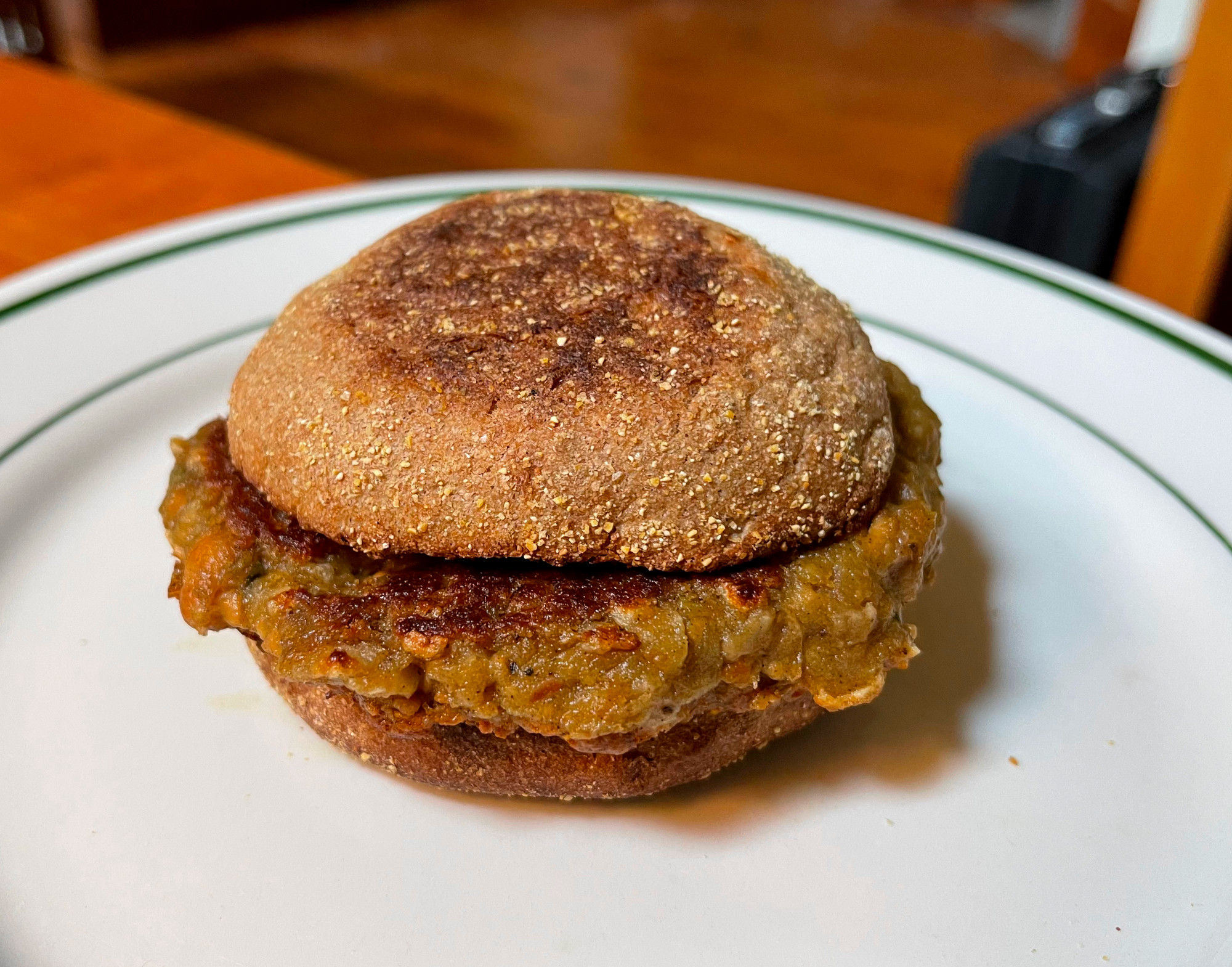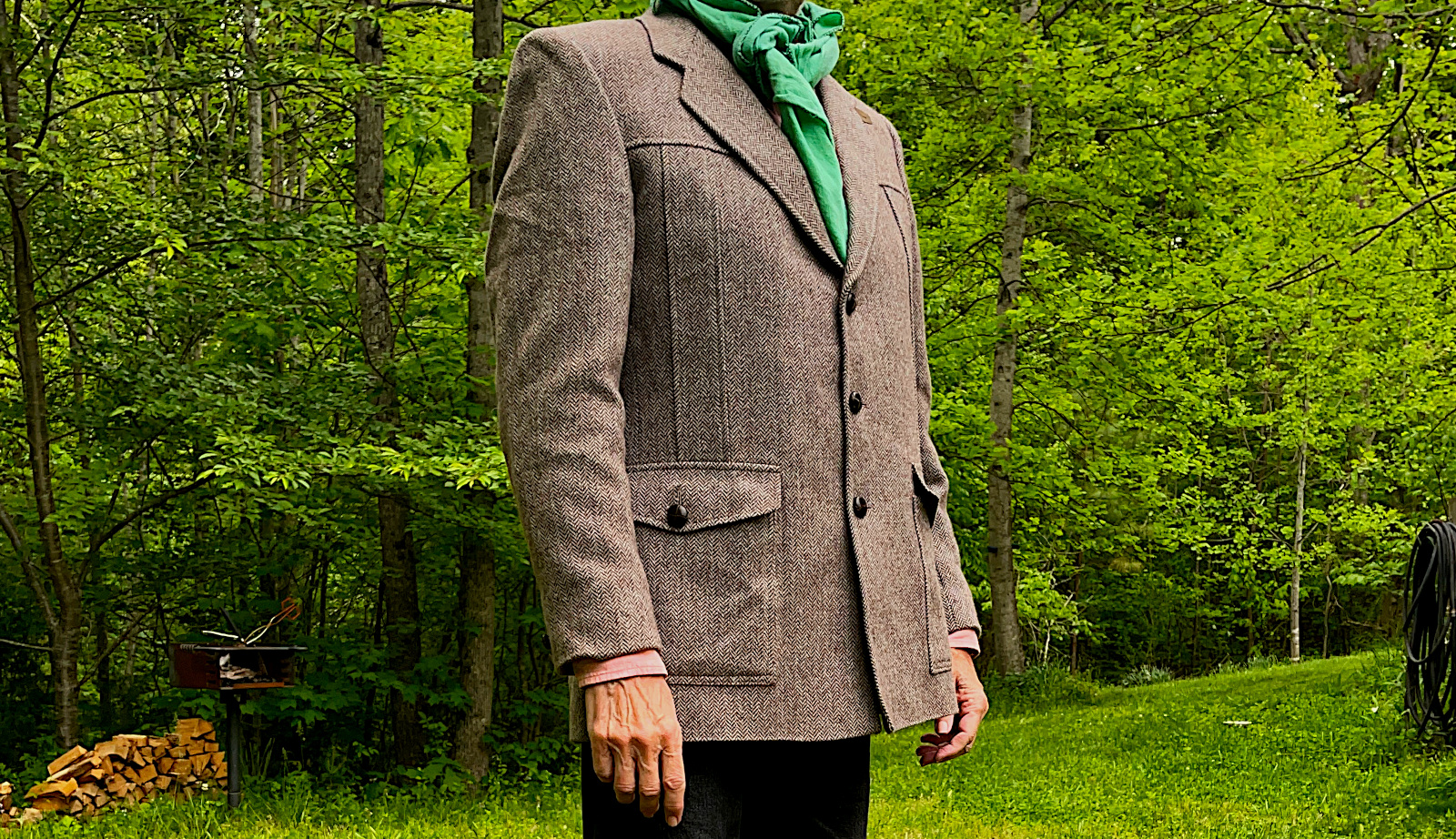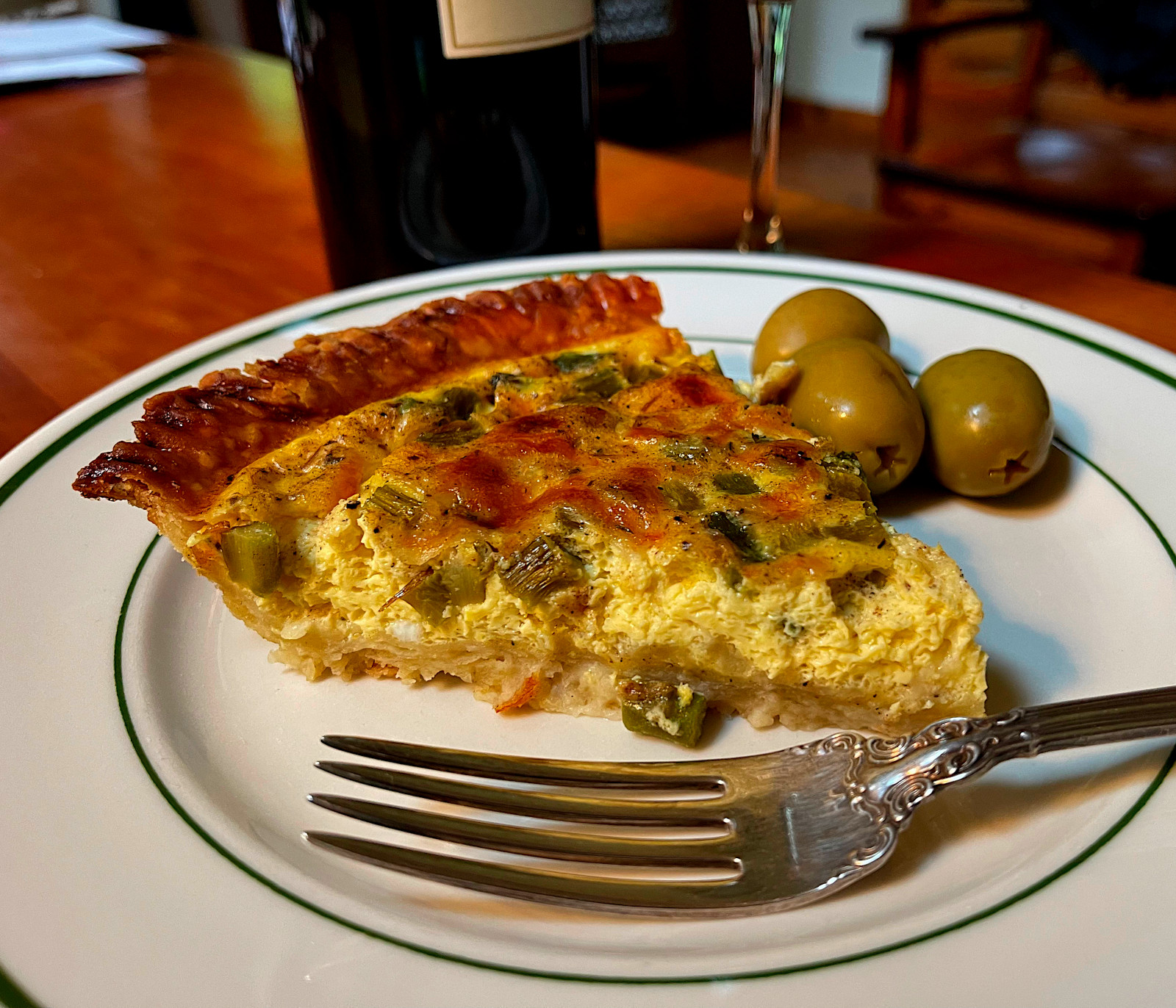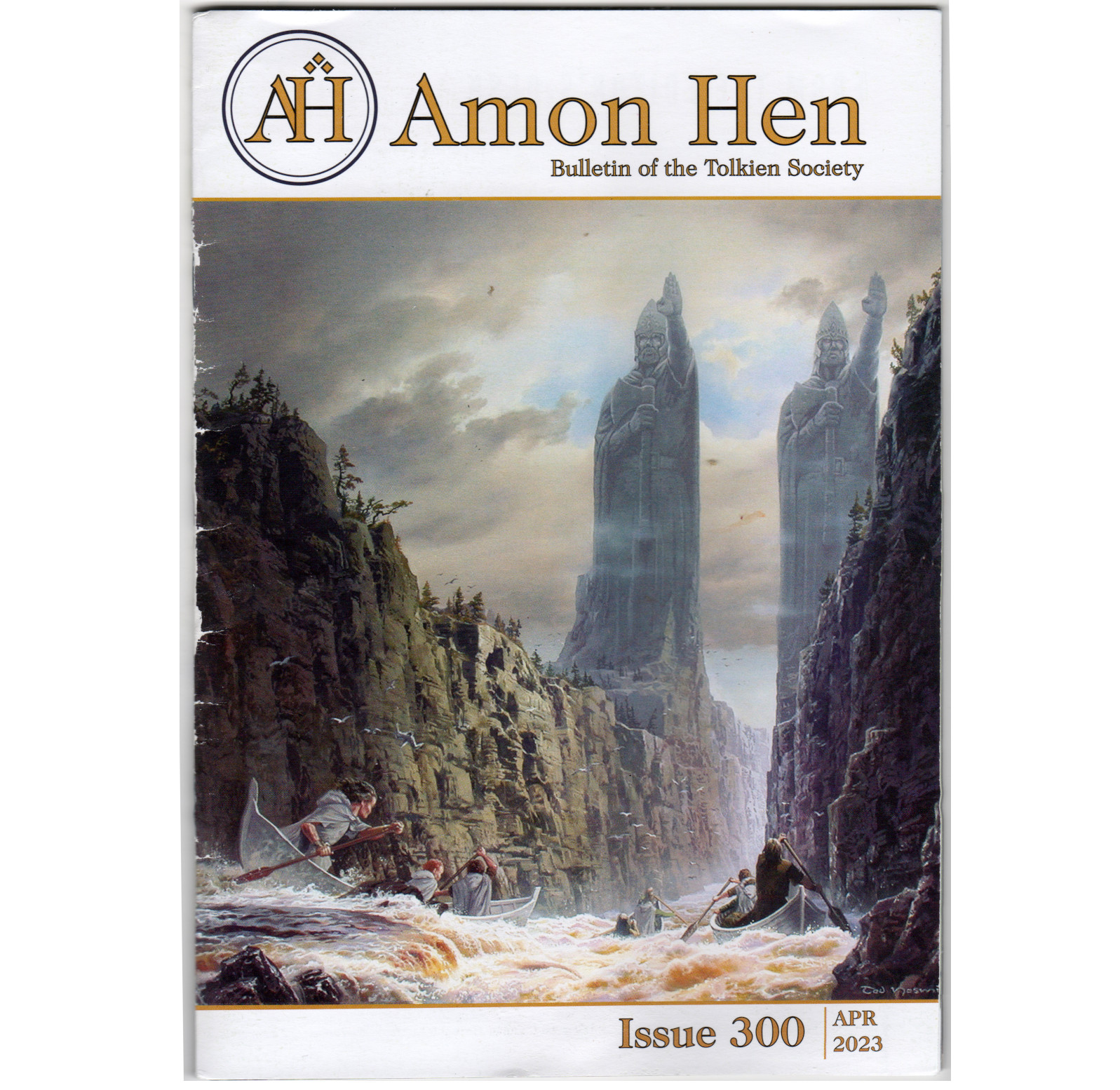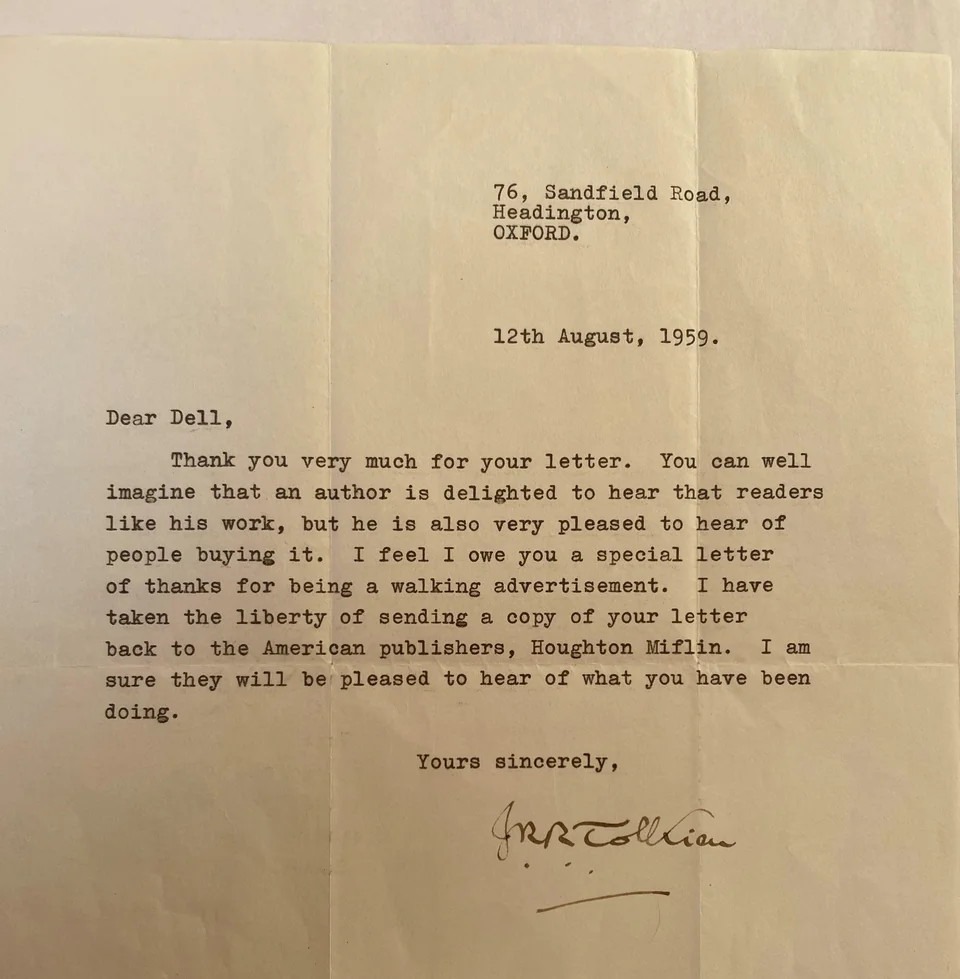
The Collapsing Empire. John Scalzi. Tor, 2017. This is part one of a three-part series, The Interdependency Series.
I had been gasping for a space opera, and I found one. Scalzi, I think, is one of our best contemporary science fiction writers, and, at age 53, I hope he’s got a long career ahead of him. About five years ago, I read Scalzi’s Old Man’s War and found it to be entirely entertaining. At the time, though the first part of The Interdependency Series had been published, the remaining two books of the trilogy were yet to come. I found this book while experimenting with Google searches that would find recently published space operas (if any even existed).
Space operas seem to be out of fashion. I find that irksome. Though socially conscious novels about social oppression and diversity seem to be what publishers are interested in these days, that’s not what I’m interested in. Social oppression and diversity are what politics is for. Novels are for entertainment and escape. The more one is involved in politics, the more one needs some means of escape — preferably to anywhere other than the here and now. It’s all about imagination.
Scalzi, I think, is not a writer who is greatly concerned with big ideas. I may find, in books 2 and 3 of this series, that he is concerned with the big idea of what happens in failing empires. But Scalzi’s greater concern, I think, is in providing a hot read. I finished this book in two days and immediately ordered book 2.
Often I’m afraid that, having devoured novels all my life, I’ve now read all the good ones, and few good ones are being written anymore. Regular readers here know that one of my quirks is that stories set in the here and now almost always bore the daylights out of me. I just don’t see the point of it. If one consumes as much news as I do, then one is saturated with more than enough stories from the here and now. I make an exception for stories about espionage and international intrigue, probably because they take us to exotic places that I’ll never see and inside such places as MI6 where the news can’t take us — Prague, St. Petersburg, Vauxhall Cross, arctic outposts, top-secret military installations. Another visit to L.A.? No thanks.
Speaking of imagination, I’ve been re-watching Game of Thrones on HBO. I don’t know how much of it I’ll watch, but it’s comforting to visit characters who feel like old friends — the Starks, John Snow, Sam Tarley. Speaking of the Starks and international intrigue, I also have been watching The Citadel on Amazon Prime, which stars Richard Madden, who played Rob Stark.
A few days ago I read yet another article about how reading novels is good exercise for the memory, because one has to remember on page 486 what happened on page 37. Scalzi is a lot like Isaac Asimov in that there is not a lot of action. Rather, the story unfolds as the characters, sitting in rooms (in palaces or aboard space vessels) talk. There’s more exposition than most editors would recommend. But, like Asimov’s characters and dialogues, Scalzi’s characters, both the nice people and the villains, are sharp and interesting. One might be tempted to make a list of Scalzi’s characters (of which there are a great many), the places on multiple planets, or the almost-a-dozen space vessels that Scalzi names, to keep everything straight. But I didn’t, and instead I did brief periodic reviews to make sure that I had it all down.
According to the Wikipedia article, Scalzi’s writing style was influenced by Robert Heinlein, Orson Scott Card, and Joe Haldeman. Though I haven’t read much Haldeman, I would agree. I suspect that Scalzi also was inspired by George R.R. Martin’s model of empire, drawing on the conflicts among powerful families doing terrible things to amplify their power.
